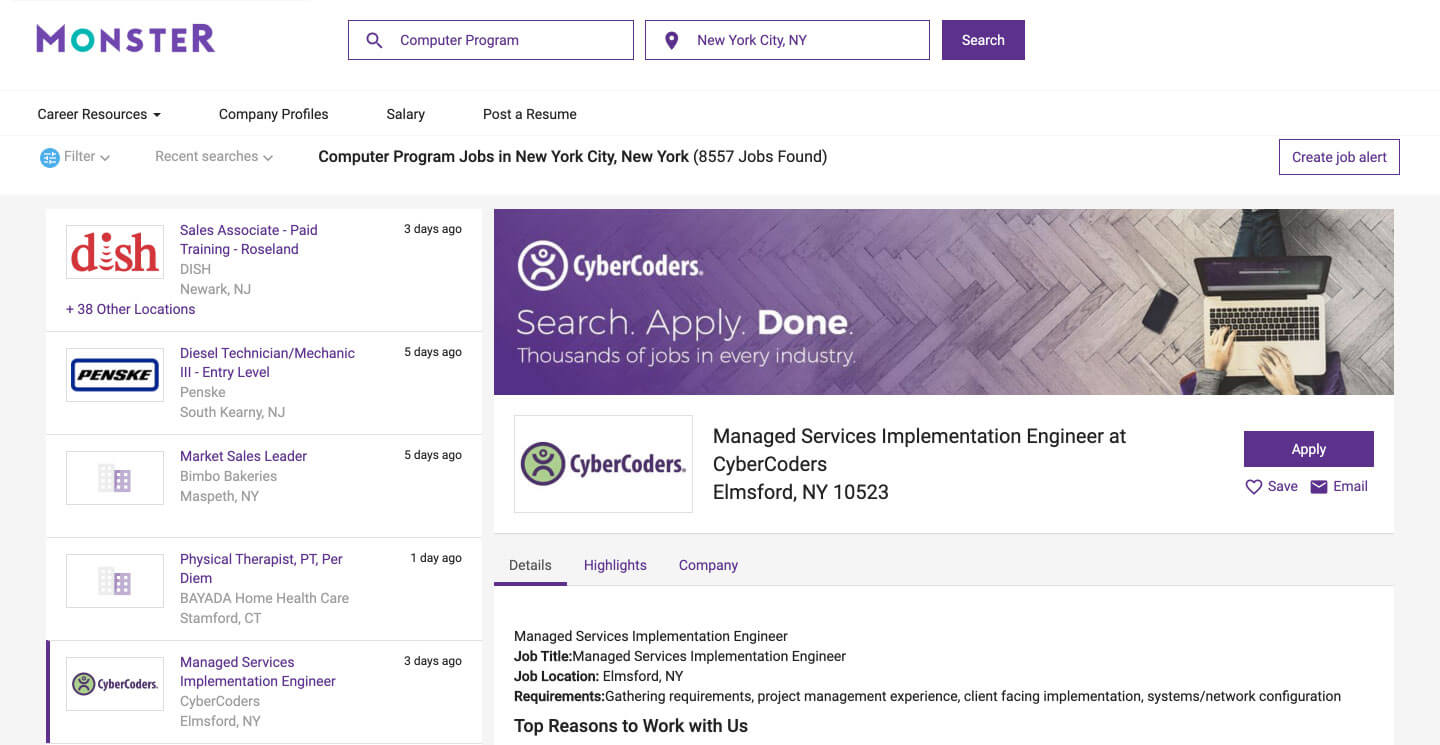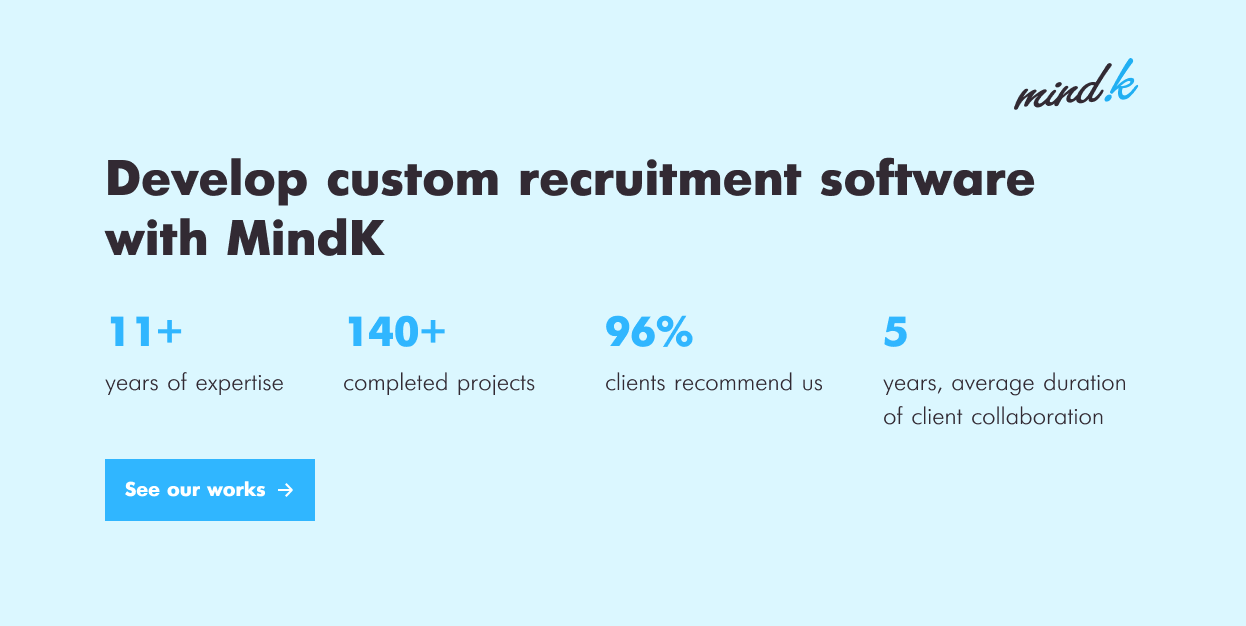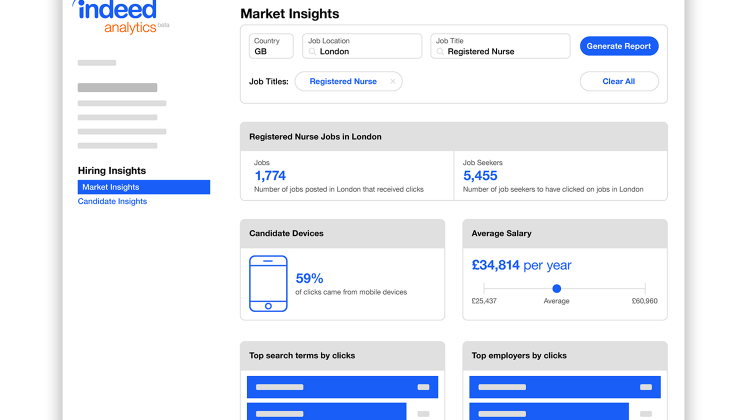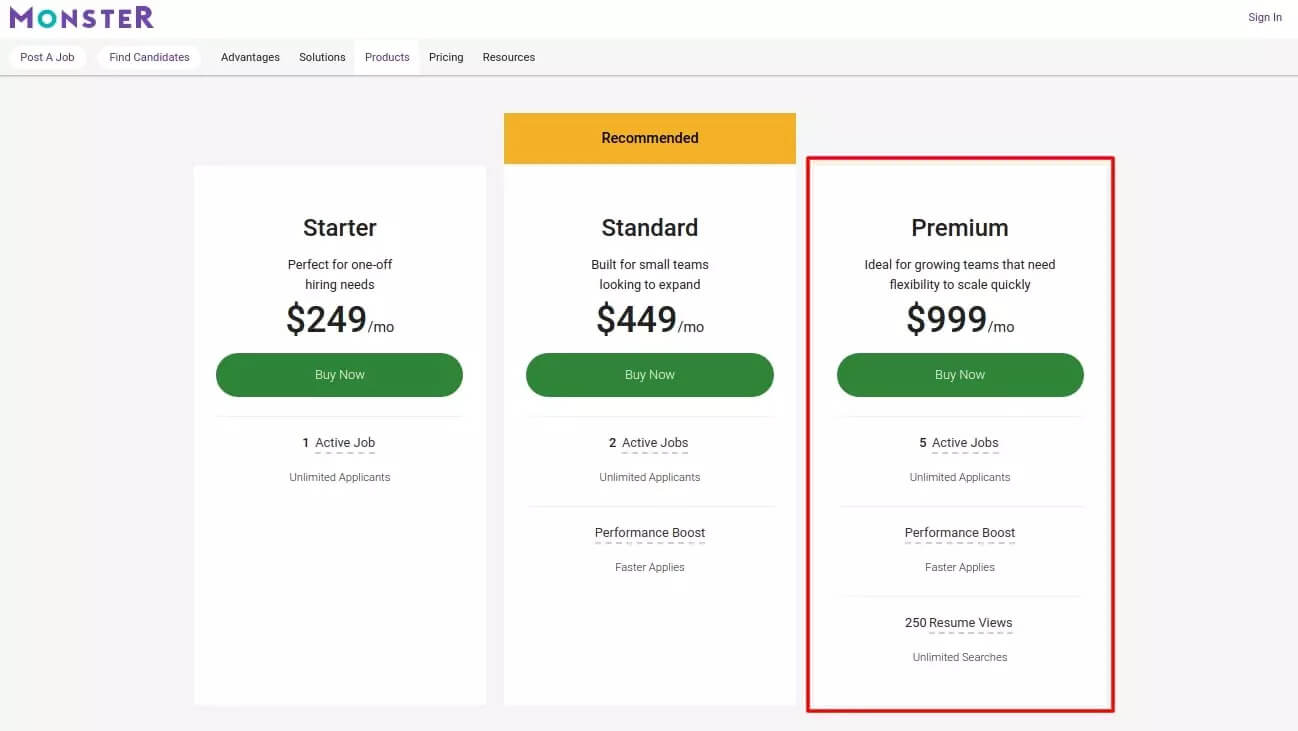The market for recruitment solutions is huge – from simple job search boards to complex matching systems and AI-based recruitment marketing software. However, job search engines are at the root of the whole recruiting process, thus they’re always the front burner both for job seekers and recruiters.
From this perspective, building a search engine for career opportunities sounds like a promising business decision.
Still, why are job search platforms so trendy, and how to create a new job search app similar to Indeed or CareerJet? That’s exactly what the MindK team is going to answer in this article. Based on our experience in developing custom solutions for recruitment and other industries, we prepared a set of tips that will help you rock the market with your job search engine.
The key to the success of job search engines
The idea behind job engines is quite simple. Job search engine (also known as job aggregator) scours the web, including various career sites and job boards for open positions and displays the search results to job seekers. In essence, they act like Google for job ads.
Job search engines like Indeed are not cutting-edge solutions but it doesn’t prevent them from being relevant no matter what happens in the world.
Even a few years ago, employment search engines were the top choice for people looking for work. Almost 50% of job seekers used career search engines for this purpose, while others opted for social media and general search engines.
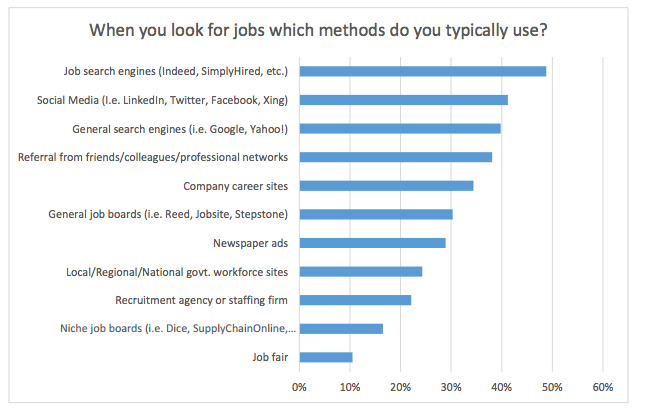
Today the situation isn’t that different – job aggregators keep on leading the polls. For example, Indeed job aggregator now delivers around 47 percent of all hires in the United States.
The main reason for the success of job aggregators is its all-in-one nature. They cover the job search needs of both applicants and recruiters at the same time.
Thanks to robust algorithms, job engines allow people to find all relevant job postings in one single place without the need to spend hours searching through different career portals.
For recruiters, recruitment search engines have become a strong tool to win today’s “war for talent” and overcome geographical barriers when looking for the right workforce. It has become especially important in terms of the COVID-19 pandemic when most businesses, as well as employees, started to consider remote work.
Without further ado, let’s proceed straight to our tips on how to create a search engine from scratch.
5 essential aspects to consider when creating a job aggregator
Building any software product (job search aggregator is no exception) requires a comprehensive approach that combines both business and technical aspects of the development process. Based on these, we singled out the five major aspects you should take into account when building a new app for job search.
#1: Сhoosing the type of your future job aggregator
Yes, career job search engines have their own classification that you should be aware of when building a solution in this sphere. There are three main types of job seeking platforms, namely:
- Global job aggregators are platforms that have an extensive network in various job markets in different countries with a focus on a wide range of industries, professions, and levels of experience.
If you decide to build an international job search platform you must recognize that this market is rather competitive. It is represented by such top players as Indeed, LinkUp, CarrerJet, SimplyHired, Glassdoor, JobIsJobs, and others.
For example, Simply Hired lists job postings from more than 700,000 companies and operates in 24 countries in 12 languages.
- General job aggregators, for the most part, work with a broad range of industries, experience levels, and specialties, but in contrast to the global ones operate mainly in one single market.
For example, ZipRecruiter.com operates with almost all industries in the U.S. market. It allows employers to post a job to 100+ job boards and social networks with one click. It also has a built-in matching technology that finds the right candidates and invites them to apply.

Another example is Eluta.ca, a famous Canadian recruitment aggregator. It indexes vacancies directly from employer websites thus finding hundreds of unadvertised openings. It makes Eluta.ca one of the most-visited career sites in Canada.
- Niche job aggregators are more focused, thus less competitive. They work only with a certain industry, profession, experience level, or market.
A great example of such a niche job board aggregator is Experter.com that zeros in on senior-level professionals, high-level positions, and executives, mostly in Europe and the USA. The platform has an intuitive benchmark scale that allows searching for jobs with a salary starting from € 60,000/year.
Source: Experter.com
Another example of a niche advanced job search engine is Flexjobs.com that specializes in flexible and remote jobs. It is becoming increasingly popular for employers due to the COVID-19 pandemic and the global shift to remote work.
After you consider all the pros and cons of these types of job aggregators and decide which one suits your goals best, it’s time to move to the next step – functionality.
#2: Define the primary functionality
A balanced and well-presented feature set is half the battle. When building up the scope of features, take into account that job search engines represent a twofold service. It is a tool both for companies looking for top talents with certain skills and job seekers searching for the job of their dream.
We’ve analyzed several systems and highlighted three main sets of functionality that you can take as a foundation for your system. Remember that on this step you should think only about the core features that will serve as a bone structure for your platform.
- Well-running job search algorithm
The algorithm on which the job aggregator is based digs up information from various sources and is a key pillar of your system. This is why you must define the number of channels the aggregator will work with. In most cases, job aggregators collect data from:
– different job boards;
– other job search engines;
– companies’ career websites; or
– any combinations of these sources.
Additionally, some job aggregators allow employers to post a job directly into the systems, similar to posting on a job board. This way the job search engine turns from a pure aggregator into a hybrid job board aggregation platform. If you decide to do the same, the job search algorithm should take into account all the peculiarities of such an approach.
The matching algorithm is also quite important. For example, when we developed Jobbdirekte.no, a job search platform that connects job seekers, employers, and recruiters within one solution, we paid great attention to CV and job-post matching algorithms. It also sends notifications to both employers and job seekers.
Thanks to this and additional features like analytical dashboards and an order processing module, Jobbdirekte.no has become the largest job search platform and advanced recruitment tool in Norway.
Imperfection of the matching mechanism is one of the problems most job aggregators face. After job seekers enter the keywords and a location, the aggregator algorithm compares it against the millions of jobs in its database and sorts the results depending on how close the vacancy relates to the search query.
So, if the job seeker enters the wrong keyword or the employer uses incorrect words in the job title or description, it is possible they will never find each other.
Today, more and more systems dealing with similar matching needs are embracing artificial intelligence and machine learning to perfect the results. Such functionality can either expand or narrow the search results based on the data gathered from other users thus giving more precise search results.
- Intuitive job seeker panel
The main goal of the job seeker is to find as many job opportunities as possible to make the right choice. With that in mind, the employer search engines should provide users with a robust and easy-to-use search option.
It should also enable filtering of the job openings by skills, title, type of employment, location, education, company, and other characteristics. Think about implementing a salary structure feature for vacancies. It’ll help people make a better choice.
Aside from the job search functionality, provide job seekers with a possibility to create profiles and apply for a job opening without additional steps like visiting the company’s website. Applying should be a hassle-free one-tap action without any extra stages.
Job seeker’s panel on Monster.com
It would be great if the person could also share their profile with an employer and receive timely alerts and notifications throughout the application process.
As you can see, there are lots of features that can make your job search engine a user-centered platform. Everything depends on your imagination, business goals, and budget.
- Functional employer dashboard
Aside from aggregating vacancies from different sources, most online job seeking sites allow companies to post vacancies directly into the system. If you decide to provide the same functionality, grant the employer with a simple job posting form specifying all the details.
Also, allow employers to create company profiles to represent their employer brand to job seekers. The company page may contain a company description with currently open vacancies and an application button.
Just like for job seekers, you could enable recruiters to save a candidate’s profile and contact the person directly from the app or send an email within the system.
When the core functionality list is thought out, it’s time to decide how to make your solution distinctive and unique.
#3: Think about “cherry on the cake” features to stand out
Today it is not enough to create one more Monster or Indeed to break into the big time. You should suggest something more valuable than the standard feature set.
To generate some ideas, analyze the pain points of both job seekers and recruiters. Recruiters have many challenges, including certain matching needs to save time, pre-hire assessments, applicants analytics, and much more. Use these challenges to enrich your system with extra features.
Job seekers, when using job search engines, often face outdated job posts. To solve this issue, use an automatic algorithm that checks the job posting date, its status, and other changes. This allows you to present your platform as the most relevant job search engine.
One more idea is a salary rates comparison that allows job seekers to compare the rates for positions within a country, city, or different companies. This helps people to get a clearer picture of the average salary job applicants can expect from employers.
Example of salary comparison
Source: Glassdoor.com
You can go even further and propose a salary calculator or a questionnaire to analyze the job offer. Even though some of these features have been already suggested by different job search engines, you can improve this idea or present such features in another, more user-friendly form.
You might also consider implementing the predefined CV-builder with different levels of privacy and document exchange mechanisms. This way, job seekers will be able to go through the end-to-end job search process in one single place and you’ll gather more data for employers.
Think about providing companies with data analytics and reports, as there is nothing more valuable today than data and the ability to analyze it. For example, Indeed suggests hiring insights analytics that allows review of both market and candidate insights to optimize recruiting performance.
Market insights analytics by Indeed
Another important thing to consider is integrations. Make sure your platform provides APIs that allow integration of third-party features, exchanging data between apps and connecting systems.
For example, the Careerjet API allows embedding Careerjet search results into other websites, Indeed API enables integration of Indeed’s employer or job seeker interfaces in other applications, and Glassdoor integrates with a number of ATS solutions.
Sure, API development requires an additional budget, however, it can open up new horizons for your job aggregator.
Additional features can also be caused by changes in a business environment. Some best career search engines have extended their functionality to make job search easier during the COVID-19 pandemic.
For example, Indeed added a “ready to work now” filter to improve hiring during the crisis and delivered Indeed Hiring Events to help employers conduct interviews.
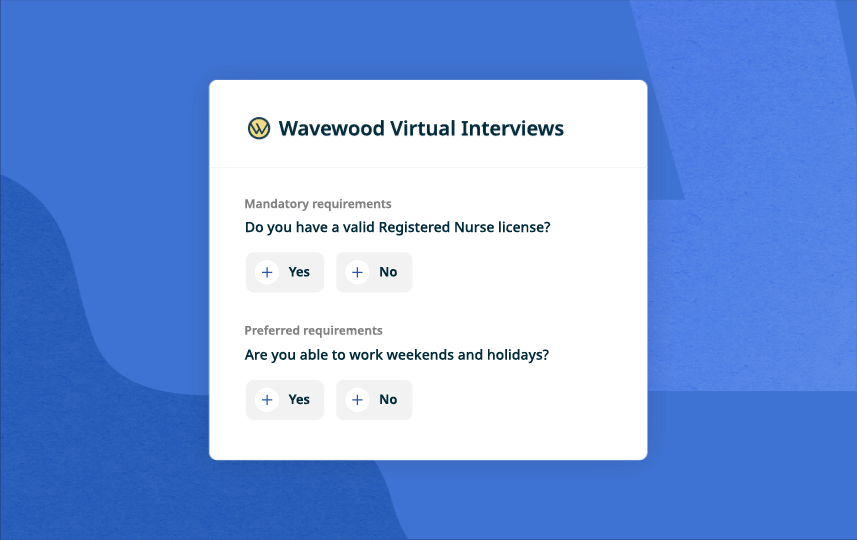
#4: Work out a sustainable business model
Most job aggregators are profitable platforms. One of the reasons for this is an actionable monetization strategy. That’s why you also need to come up with one for your job search engine right from the start.
Here are the most common sources of revenue that will help you build a winning business model:
Pay-per-click advertising (PPC) is also known as a sponsored model. It is the most widely spread monetization source for job search engines. In terms of PPC, employers advertise their job openings and pay when the ad is clicked. This model is offered by a number of job aggregators including Indeed, SimplyHired, LinkUP, and others.
Subscription fees. Employers pay a monthly subscription fee in exchange for an opportunity to post vacancies according to the plan conditions.
- Freemium. It means your job finder app suggests both a free and paid set of functionality. Free features usually cover the basic needs of job seekers and recruiters, while more advanced functionality can be purchased.
- Paid listings. The job search engine charges a one-time payment for each job listing or payment for a job post to be displayed for a certain time period. For example, Dice charges a fee for one post to be promoted for 30 days.
- Hiring events. It may include a number of additional services like marketing and promoting hiring events, applicant screening, and scheduling, and similar. A good case in point is Indeed Hiring Events that claim to cut steps in the traditional recruiting funnel in half and automate around 33% of recruiters’ daily tasks.
There are much more revenue sources you can come up with. The main goal of your job aggregator business model is to perfect the probability of employers and candidates finding each other while lowering the cost.
#5: Find a reliable software development partner
Only after you know exactly what your system should look like and how you are going to earn money from it, is it time to find a competent product development company capable of turning your plan into reality.
Globalization today means that you are not limited to your location anymore and can hire talents from all around the globe. We recommend reading our guide on how to find a development partner that explains what you should examine before starting any cooperation. In short, find out the complete set of services the company provides, check out the reviews, recommendations, and portfolio.
The best scenario is when the company has already completed a similar project or a project from the recruiting sphere. In this case, you receive not only the development services but also an experienced team able to help you make better business decisions.
Ask for a rough estimate for your project. Take into account that no one will be able to estimate the exact cost right from the start. There are a number of factors that affect the estimate.
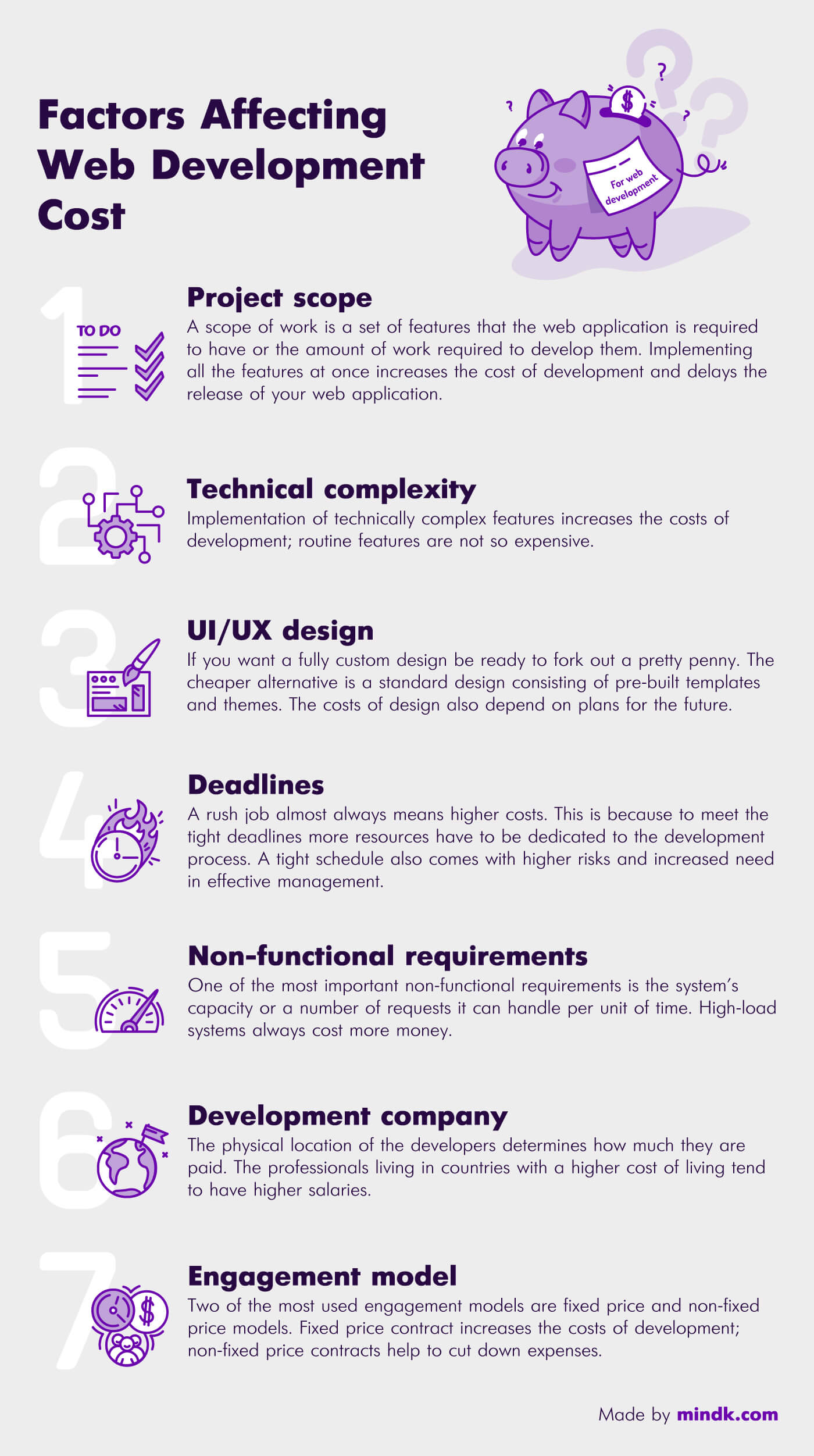
However, not all software development companies provide a rough estimate. Instead, they offer a dedicated team for a certain time period. Having no price benchmark is quite risky, so we recommend you find out the rough estimate of the project before you start. For example, here is the example of the rough estimate document we provide all our clients at the beginning of cooperation.
On top of this, we suggest you opt for the Agile development approach as it has a number of benefits in the current uncertain business environment, including faster time to market, reduced risks, better quality of the end-product, and predicted delivery of business value.
This approach presupposes building the Minimum Viable Product (or MVP) with the basic set of features first and then improving it based on the feedback generated. The thing is that in the initial stages of product development all you have are pure assumptions. MVP will help you test your beliefs and find out if you are moving in the right direction.
Build your job search engine with MindK
Now that you know who to create a job search engine, it’s time to get the ball rolling.
If you need any help, we’d be happy to support your product development effortss. Over 13 years, MindK has built different types of solutions for companies and startups in the HR niche. Over 25% of our software development engineers are currently working on recruiting solutions.
Take a look at our HR and Recruiting Software Development Services, drop us a line and we’ll schedule a call to discuss your product idea.




